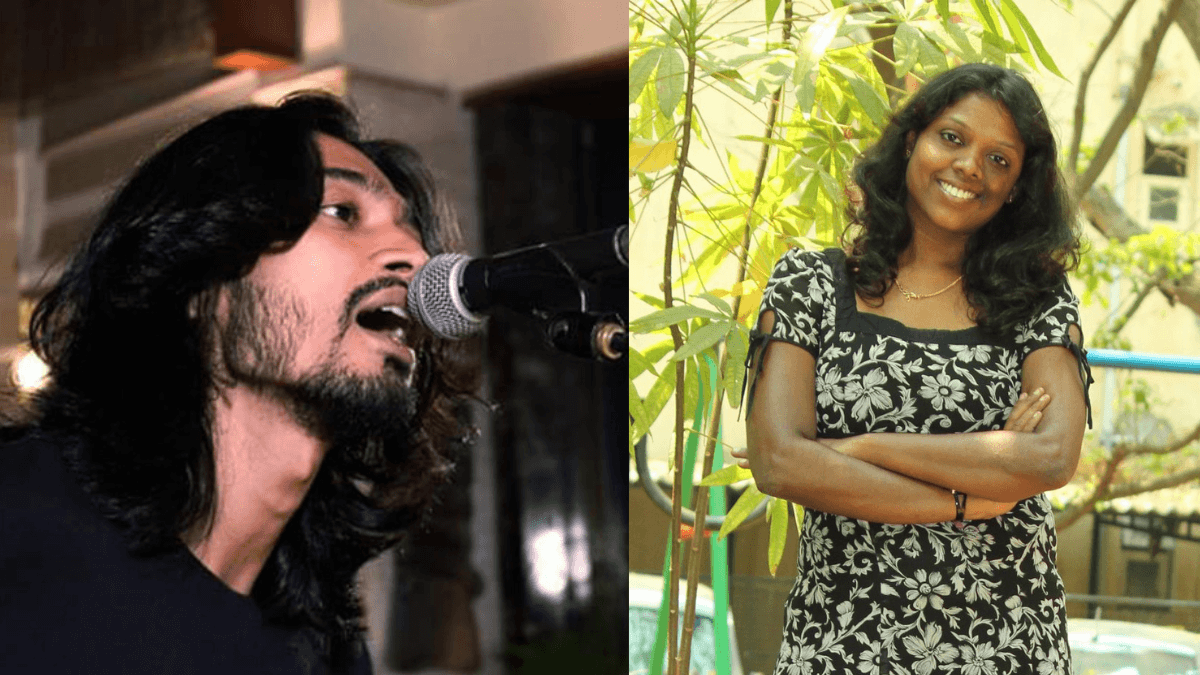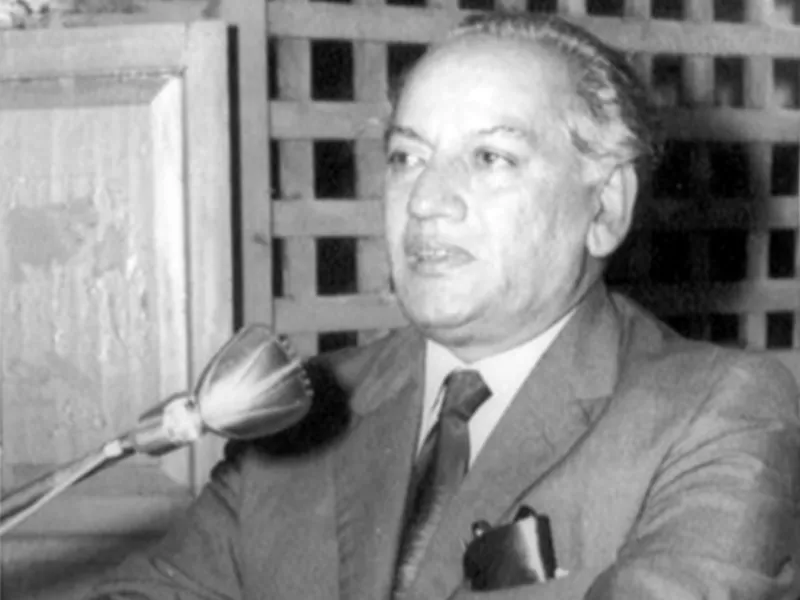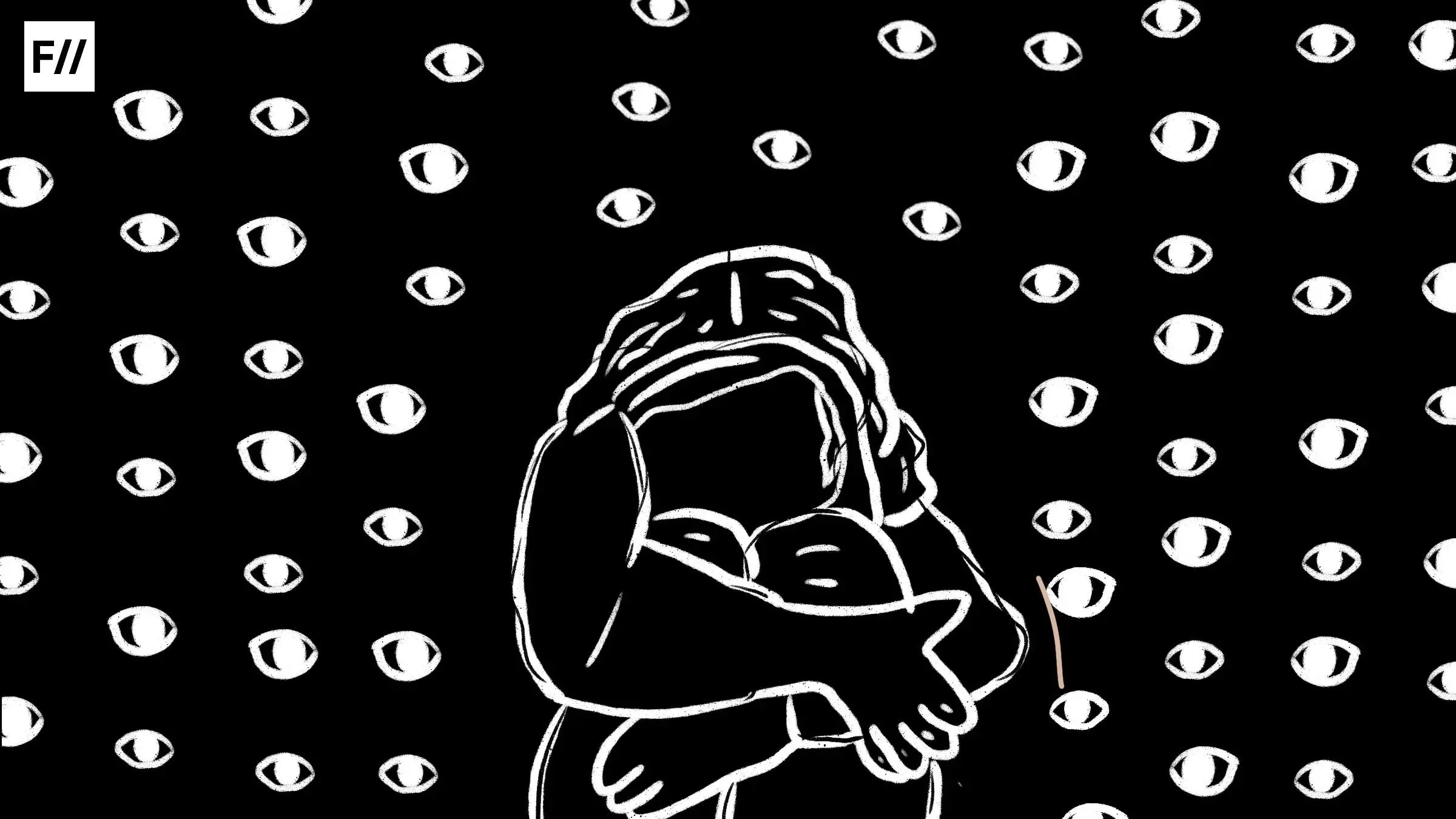It is an onerous task for the apolitical to understand that resistance to the existing socio-political and economic system through art forms is political. When it comes to marginalised art, this is such an attempt to express struggles, discrimination, injustices, coercion, oppressive attitudes, etc. But there is a long-standing cultural exploitation that stems from cultural appropriation and misrepresentation.
However, it is important to understand the phrase ‘cultural appropriation’ first, then to delve into its repercussions upon the people belonging to underprivileged sections. Cultural appropriation is an act of exploiting one’s culture that has long been excluded from the mainstream.
It is noticeable to justice seekers that cultural exploitation is driven against the marginalised to hide their experiences, which are demonstrated through varied art forms. Artistic representation gives people on the margins a podium to bring forth their long-suppressed voices to the public stream.
Cultural appropriation and misrepresentation of marginalised art through an upper caste and class lens should be taken into consideration as a ‘violation’ of the fundamental rights of marginalised people who tend to embrace poetry, dances, songs, films, etc. to alter popular consciousness that has long been favourable only to dominant voices.
From Aamir Aziz’s Sab yaad rakha jayega to Habib Jalib’s Dastoor, Faiz Ahmad Faiz’s Hum dekhenge and Jeyarani’s “Sevvarali Poocharam”, marginalised art is subjected to cultural appropriation and misrepresentation. However, cultural appropriation is not recognised, or is considered an act of borrowing. There is no doubt that the phrase is sophisticated but it is relevant throughout the world, which is home to hierarchies. In India, marginalised art is misused and appropriated to serve dominant interests, to be more concise, the caste-class system. In short, this is a distortion in art.
Using Aamir Aziz’s Sab Yaad Rakha Jayega Without acknowledgement is an exploitative pursuit
Aamir Aziz is a young Indian poet well-known for Sab Yaad Rakha Jayega. Every line of this nazm explicits resistance to the oppressive system, which strangulates dissenting voices. Aziz’s unwavering courage can be felt in his recitation that is available on multiple Youtube channels. Some excerpts of the poem go like this:
‘Tum adaalaton se baithkar chutkule likho
Hum sadkon deewaron par insaf likhenge
Behre bhi sunn lein itni zor se bolenge
Andhe bhi padh lein itna saaf likhenge‘
When he recited the poem, it surfaced on social media to the extent that it captured international attention. As a result, Roger Waters recited an English translation of it at a protest in London where he talked about ‘global enlightenment‘ for the world fighting against rising fascism and its oppressive pursuits.
The more the poem spilled over into regions, the more it smouldered the embers of dissent. But it was subjected to cultural appropriation, where it was used through an upper class lens without giving credit or acknowledgement. Recently, Anita Dube, an artist, had to face an allegation for using this nazm in an unauthorised manner. Aziz sent a legal notice to Dube for appropriating his nazm into her art works, Old Zebra and Little Zebra, without his consent, knowledge, and permission.
It is not surprising to witness a well-recognised artist portraying socio-economic and political issues, incorporating Aziz’s nazm into her artistic work exhibited at Vadehra Art Gallery in Delhi. It is an elite gallery where artwork is sold at a huge price. It is a complete violation of intellectual rights, especially of those who belong to marginalised communities. As Aziz’s poem has been appropriated without his knowledge, he cannot get a share in monetary gains. In this way, appropriation excludes the marginalised from financial gains through exploiting their works.
The appropriation of such a poem does not sustain its political significance once it has been adapted into a work that does not recognise its originality. The nazm that emerged from the anti-CAA and NRC protests, does not deserve to be subjected to such cultural exploitation. Aziz shared a post on Instagram, condemning this as ‘theft‘ and ‘erasure‘ not ‘homage‘.
Misrepresentation and appropriation of Jeyarani’s short story through an upper caste lens
Jeyarani, a Tamil journalist who reports on caste-based violence, is also a writer whose work, Manjal, that relates to forced workers into manual scavenging is remarkable. As a journalist and a writer, she wants to discuss the caste system as an institution, which is a deep-rooted problem. It rather needs solutions than mere discussions and she talks about the issue. She has had seen working-class women from marginalised groups in rural areas facing oppression and exploitation because of superstitious beliefs. As a result of her dedication to addressing the truth, a collection of short stories entitled Sennilam was published in December 2024.
As a result of her dedication to addressing the truth, a collection of short stories entitled Sennilam was published in December 2024.
But when art undergoes appropriation, it also brings in distortion and suppression of marginalised voices. The upper-caste dominance in the socio-economic and political system employs hegemonic tactics to exploit people on the margins. One of those tactics is misrepresenting a Dalit work through a Brahmanical perspective.
Shalini Vijaykumar’s Seeing Red, a 28-minute-long film is available on Youtube under MAMI Mumbai Film Festival for the audience. But it has brought in an accusation for distorting, appropriating and misrepresenting Jeyarani’s short story ‘Sevvarali Poocharam’ from the December 2024 collection.
In order to address this cultural appropriation, Jeyarani took to her Instagram handle and shared a post. The film shows a traditional Brahmin household where a ghost haunts the women. The ghost is portrayed in a red madisar saree; it is basically a 9-yard-long saree worn by Brahmin women, an attire rife with caste politics.
Jeyarani accused Vijaykumar of incorporating her story into the film without her permission and acknowledgment. Vijaykumar plagiarised and distorted her story into the film against a Brahmin backdrop where women’s aspirations and desires are ignored and men want to maintain their dominance over them. It is even believed that the ghost possessed the women because of their moral crimes. A lower-caste exorcist is called into the house to whip them but is exposed to the caste segregationist attitude of the eldest man.
The original story is distorted into a Brahmin household that is set during the same period. Shalini says ‘I might have set the story in the 1980s but the patriarchy still remains all too familiar.’ However, the original story was drawn from Jeyarani’s experiences about marginalised, rural women being oppressed under exorcism. According to her, there are no accounts of women belonging to the Brahmin caste being whipped and oppressed like marginalised women.
She further states that plagiarism is a personal crime, but appropriation and distortion are social crimes.
She further states that plagiarism is a personal crime, but appropriation and distortion are social crimes. Shalini has denied these allegations on the grounds that her film may have some resemblance to the story but it is an original work.
Habib Jalib’s Dastoor and Faiz Ahmad Faiz’s Hum Dekhenge and narrative distortion
Cultural exploitation is relevant, so much so it served as an attempt to fail to observe injustices. Habib Jalib’s Dastoor and Faiz Ahmad Faiz’s Hum Dekhenge have also heen distorted in the context of films, which are made to maintain political supremacy. Jalib’s Dastoor which rages against hierarchies, the oppressive system, suppressing people’s voices, etc. was distorted into ‘Main Nahin Manta‘ sung by Piyush Mishra for JNU: Jahangir National University. The distortion changed the essence of the nazm.
Like Dastoor, Hum dekhenge of Faiz Ahmad Faiz was also distorted when it was adapted into The Kashmir Files. To educated people, it is clear in entirety that Faiz used the religious idioms in this nazm to challenge the dictatorial regime.
So, appropriating, misrepresenting, and distorting art of people belonging to marginalised communities is a matter of concern. Art is a form of expression that can contribute to underprivileged people’s upliftment. There is a pressing need to sustain the originality of progressive work; so as not to ruin its essence.
About the author(s)
Nashra Rehman finds her profound interest in addressing the plight of Muslim women and their unappreciated marginalisation. Her focus remains on bringing a novel argument to life.










